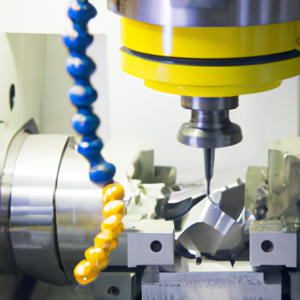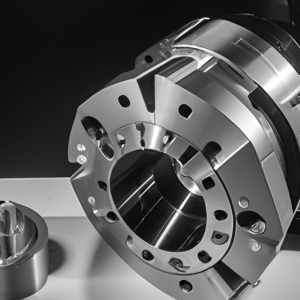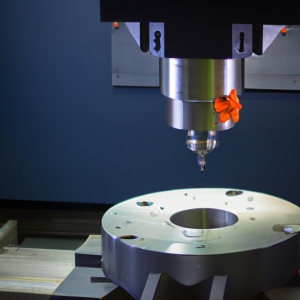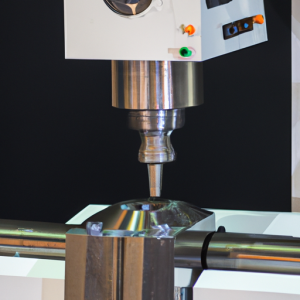In the realm of advanced manufacturing, 5-axis machining centers stand as a pinnacle of precision and versatility. These sophisticated machines have transformed the landscape of machining, offering engineers and manufacturers the ability to create complex, highly intricate parts with unparalleled accuracy. In this article, we delve into the world of 5-axis machining centers, uncovering their functionalities, applications, and significance in modern industry.
Understanding 5-Axis Machining:
A 5-axis machining center is a CNC (Computer Numerical Control) machine tool capable of moving a workpiece or cutting tool along five different axes simultaneously. Unlike traditional machining centers with fewer degrees of freedom, 5-axis machines can access virtually any angle or position, making them highly versatile for complex operations.
Key Features and Components:
A typical 5-axis machining center comprises the following key components:
Table: The table holds the workpiece and can rotate about two axes: the A-axis (tilting) and the C-axis (rotational).
Tool Holder: The tool holder securely clamps cutting tools and can move along three linear axes: X, Y, and Z.
Control System: A sophisticated CNC control system interprets CAD (Computer-Aided Design) files and generates precise toolpath instructions.
Applications of 5-Axis Machining Centers:
The capabilities of 5-axis machining centers have broad-reaching applications across industries, including:
Aerospace: Manufacturing complex aerospace components like turbine blades, airfoils, and fuselage parts.
Automotive: Crafting intricate molds, engine components, and customized vehicle parts.
Medical: Producing precision medical implants, surgical instruments, and prosthetics.
Die and Mold Making: Creating intricate molds for plastic injection molding and die-casting processes.
Art and Sculpture: Enabling artists and sculptors to bring their intricate designs to life.
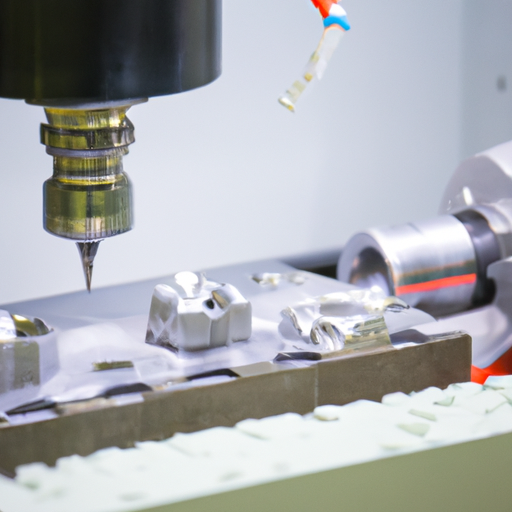
Significance in Modern Industry:
The importance of 5-axis machining centers in modern manufacturing is evident through the following factors:
Complex Geometry: They allow for the production of highly complex parts with intricate contours and shapes, reducing the need for multiple setups.
Reduced Lead Times: By machining parts in a single setup, lead times are significantly reduced, enhancing overall production efficiency.
Improved Surface Finish: The ability to access difficult-to-reach angles ensures superior surface finish and quality.
Tool Life Optimization: 5-axis machines can orient tools for optimal cutting conditions, prolonging tool life.
Cost Efficiency: Despite their sophistication, 5-axis machining centers enhance cost-effectiveness by reducing material waste and human error.
5-axis machining centers represent a remarkable leap in precision engineering and manufacturing capabilities. Their versatility, accuracy, and ability to create complex parts have revolutionized various industries, from aerospace and automotive to healthcare and art. As technology continues to advance, 5-axis machining centers will undoubtedly play a pivotal role in shaping the future of manufacturing, pushing the boundaries of what is possible in precision engineering.

